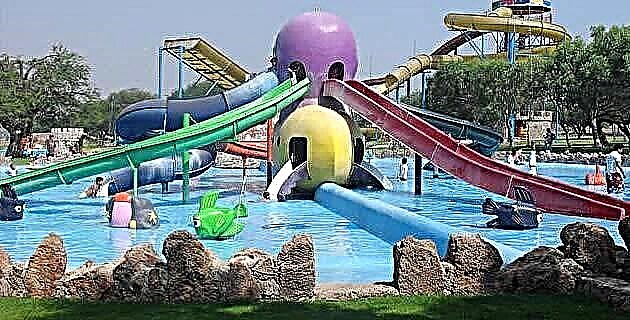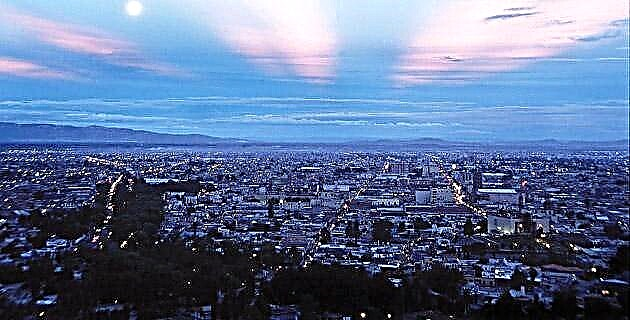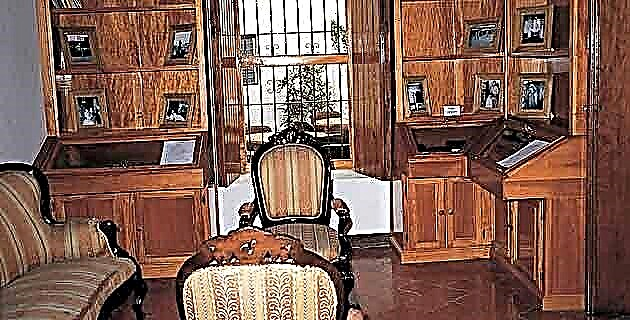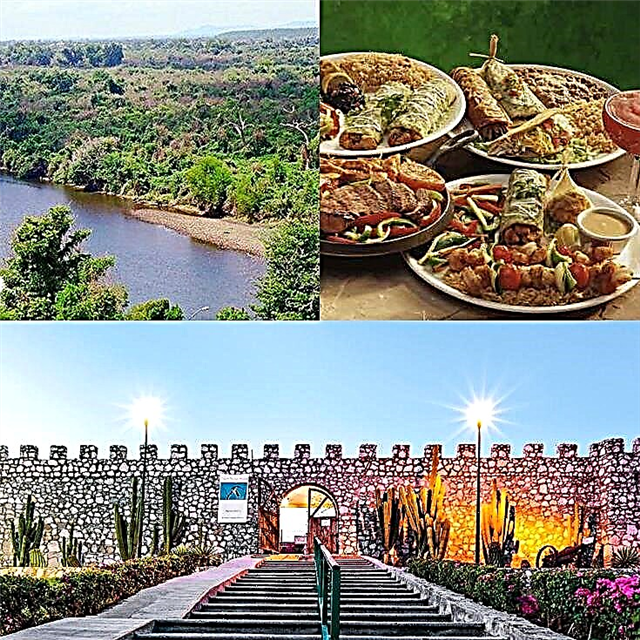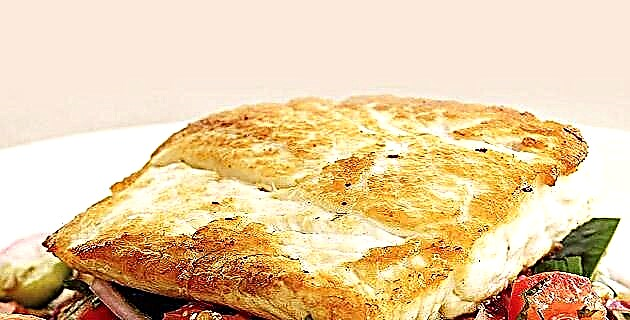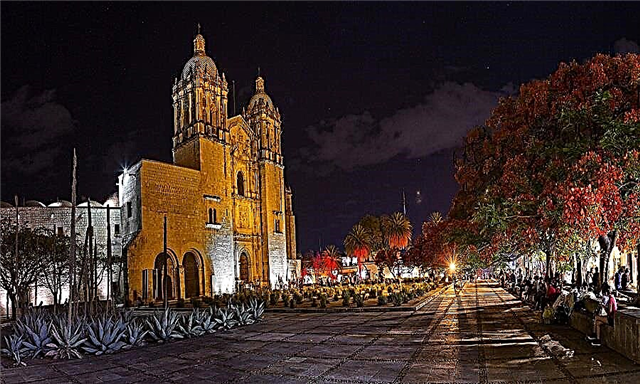Oaxaca In its 5 Magic Towns, it gathers all the charms to make you enjoy a dream vacation.
1. Capulálpam De Méndez
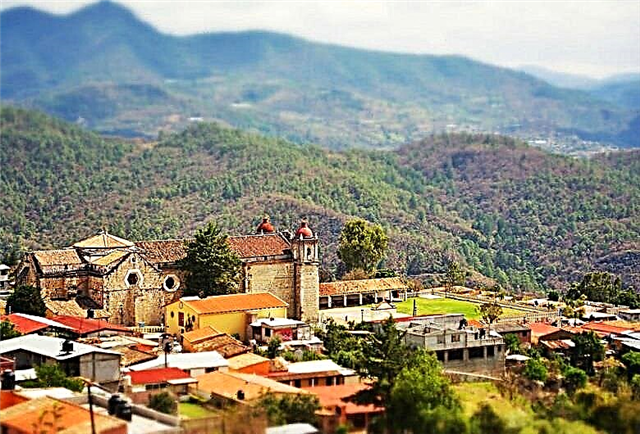
This Magical Town located 2,040 meters above sea level in the Sierra Norte de Oaxaca is distinguished by its musical, medicinal, and gastronomic traditions, as well as its architectural landscape and natural landscapes.
The musical genre of syrup awakens true passion among the inhabitants of Capulálpam de Méndez, who do not miss the opportunity to enjoy it, infecting tourists.
Capulálpam's syrup is not performed with mariachi instrumentation like the tapatío, but the grouping of instruments is more similar to those of a symphony orchestra.
Locals are also very fond of marimbas music, played with a percussion instrument similar to a xylophone.
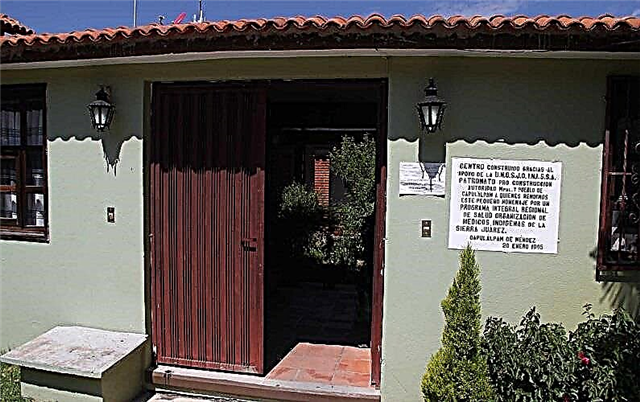
In Capulálpam de Méndez there is a Traditional Medicine Center that is visited by people from all over the state and the country due to the reputation of its naturopathic treatments, which include cleanings, sobas, temazcal baths and other traditional practices.
In the center you can buy various potions prepared by connoisseurs with local herbs to cleanse and empower the body.
For lovers of outdoor fun, the Los Molinos Recreation Center has a 60-meter rock face for rappelling and a 100-meter long zip line that is located 40 meters high and goes over the river.
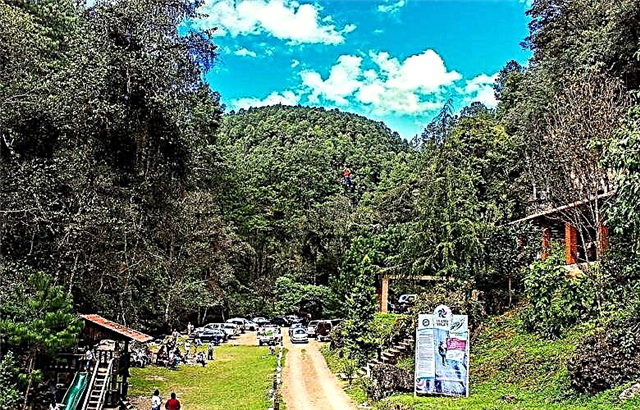
Another place of interest is the Cueva del Arroyo, where you can admire capricious rock formations and practice climbing and rappelling on its walls.
Architecture fans have in Capulálpam de Méndez with several buildings of interest. Among these is the parish church of San Mateo, which stands out for its yellow stonework and for the 14 altarpieces that it conserves in its enclosure.
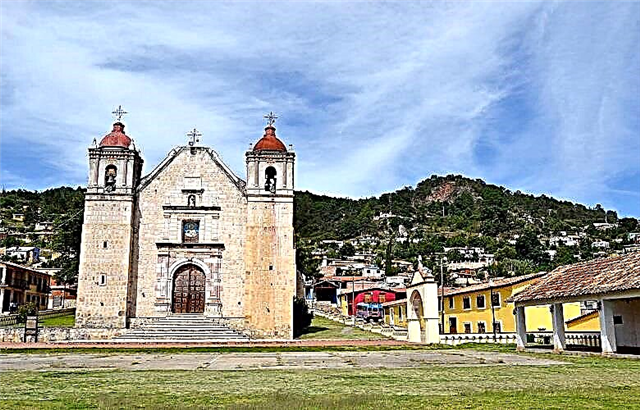
The best panoramic views of Capulálpam de Méndez and its surroundings are from the viewpoints of El Calvario and La Cruz. In El Calvario you can also observe orchids and birds.
Capulálpam de Méndez has several typical dishes with which you will give immense pleasure to your senses. One of them is mole chichilo, prepared with various species of chili peppers and peas. The typical breakfast is based on tlayudas and tamales cooked in the traditional anafres
You can also read:Capulálpam De Méndez, Oaxaca - Magic Town: Definitive Guide
2. Mazunte
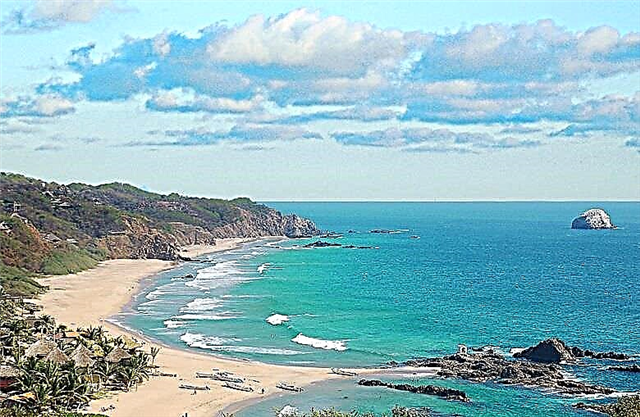
Mazunte is a Oaxacan coastal Magical Town that has its main attractions for the visitor in its beaches, ecological activities and festivals.
As a tropical town, the heat is felt in Mazunte, so tourists arrive in light clothing and shed them as soon as possible, to stay in a swimsuit and enjoy the town's beach and other nearby beaches, such as Zipolite, Punta Cometa, San Agustinillo and Puerto Ángel.
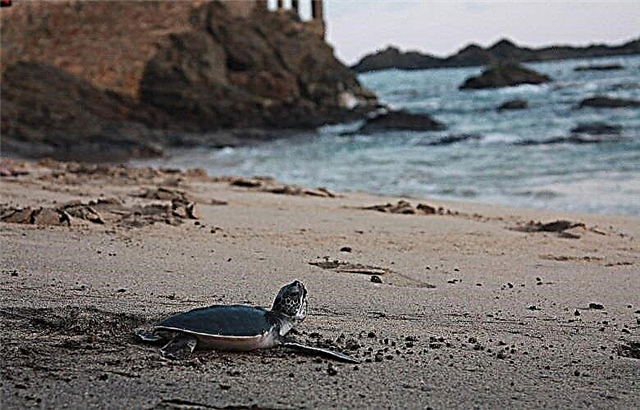
Mazunte houses are built in harmony with the environment and on its main beach there are hotels that offer all the necessary comfort to spend an unforgettable vacation.
Between approximately 1960 and 1990, the olive ridley or olive ridley turtle was on the verge of extinction due to the wild commercial exploitation that it was subjected to on the beaches of Mazunte and its surroundings.
The olive ridley is the smallest of the sea turtles and they are forced to go to the beaches to spawn, so they were indiscriminately captured to take advantage of their meat, shell and bones.
In 1994, the Mexican Turtle Center began activities in Mazunte, after the slaughterhouse closed, and the town began a harsh but sustainable reorientation towards beach and ecological tourism.
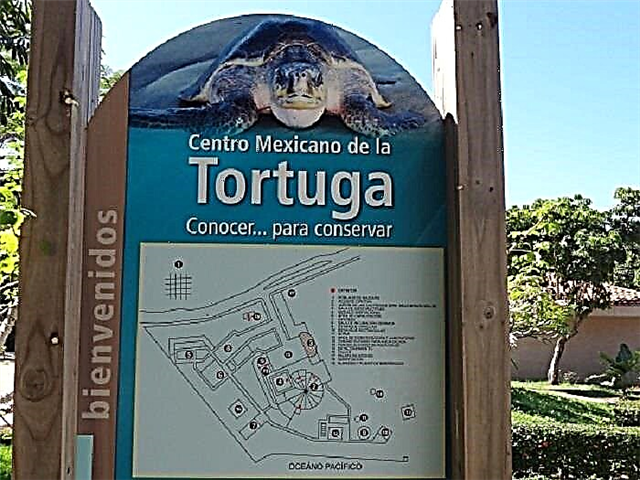
The large aquarium in the center is one of the main attractions in Mazunte. Hopefully, your visit to the town coincides with the emotional ceremony of releasing the hatchlings, which were born and raised in the center from eggs collected on the beaches.
The animation never stops in Mazunte due to the many festivals that take place throughout the year.
- Ultimate Guide of Mazunte
Zipolite Beach is one of the few nudist beaches in the country and is the scene of encounters between supporters of nudism. In these meetings without clothes there are not only people in leathers; there are also concerts, theater, yoga and other events. It's easy to participate as you just have to shed your clothing.
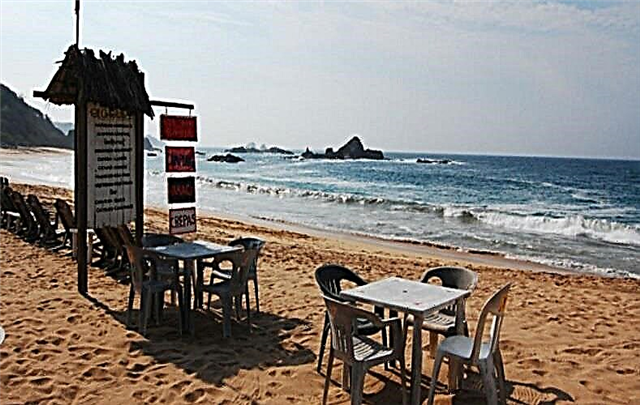
Another event of interest is the International Jazz Festival, which takes place between Friday and Sunday during the last weekend of November. The concert program is mixed with environmental activities, in a charming meeting of music with ecology.
In Mazunte you can enjoy fresh seafood freshly caught, but if you prefer an inland specialty, such as an Oaxacan mole, you will surely be pleased.
3. Huautla de Jiménez
Spiritual traditions make the Oaxacan Magical Town of Huautla de Jiménez the best place to connect with these ancestral practices that have the Mazatec indigenous healer María Sabina as the highest historical figure.
María Sabina healed without asking for anything in return, using the hallucinogenic mushrooms that occur in the lands of Huautla de Jiménez and became a celebrity who was visited by well-known national and international figures.
The members of the Beatles and the Rolling Stones made a pilgrimage to Huautla to meet the peculiar indigenous person and so did Walt Disney. He died in 1985, leaving behind a medicinal tradition that has continued in the town and that you can learn about with your visit to the town.
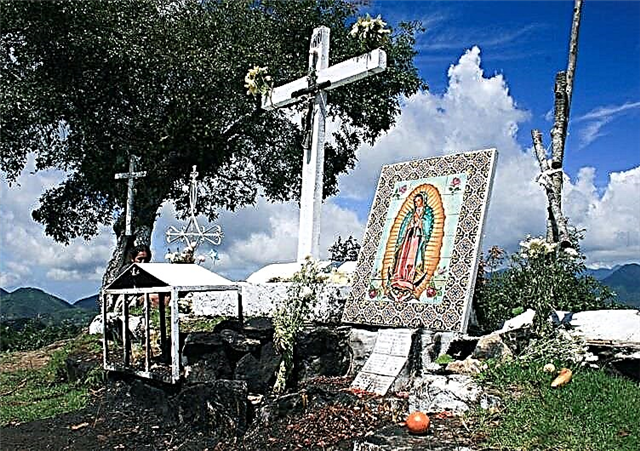
2 km from Huautla is the Cerro de la Adoración, the main Mazatec ceremonial center of the town. The indigenous people continue to bring offerings to their gods to the top of the hill, asking in return for favors of health and prosperity.
Among the places to visit in the town are the Clock Tower, the Municipal Palace and the Cathedral of San Juan Evangelista.
The Clock Tower, built in 1924, faces the Municipal Palace and stands out in the local architectural landscape, with its three quadrangular bodies topped by a pyramidal structure.
The town hall building is distinguished by its robust 8-piece colonnade, which supports and ornaments at the same time, as well as its balcony and belfry.
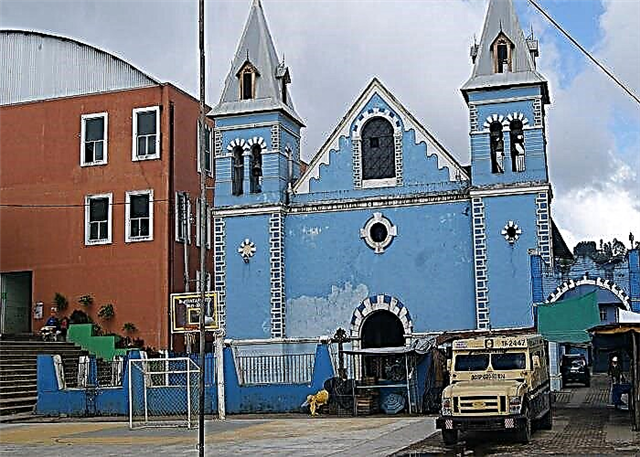
The Cathedral of San Juan Evangelista is the only Catholic temple in Huautla de Jiménez and is simple in design. Although it was built in 1966, the bells installed are from 1866. The church's two twin towers are topped by pyramid-shaped structures.
For outdoor recreation, the best places are the Puente de Fierro waterfall and the San Sebastián Caves.
The waterfall is 15 minutes from the town and is a refreshing and huge natural shower. On the site there is a suspension bridge and on the rocky walls you can rappel.
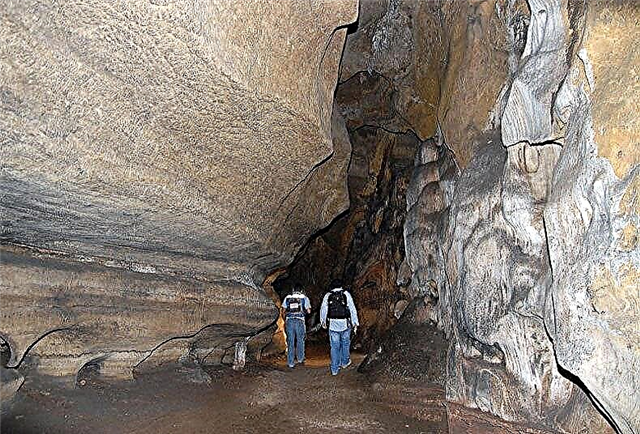
The Caves of San Sebastián, also called Sótano de San Agustín, form the deepest cave system on the continent and most of its extension can only be visited by specialized professionals.
You can't leave Huautla de Jiménez without trying the pilte, which is a delicious rabbit, chicken or pork meat, wrapped in leaves of holy grass.
Don't miss our Definitive Guide to Huautla!
4. San Pedro and San Pablo Teposcolula
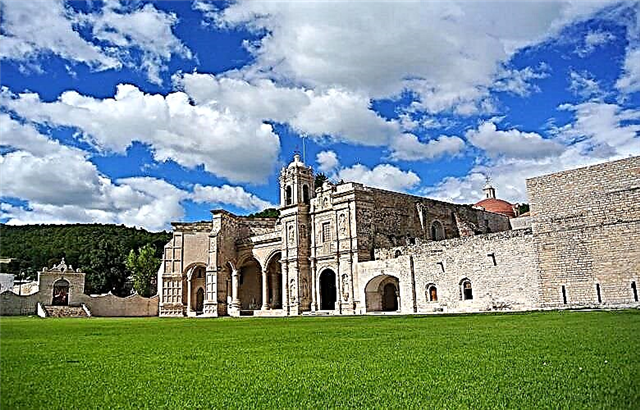
This is a town in the Mixteca Oaxaqueña, located 2,169 meters above sea level, being cool in summer and cold in winter.
Its main attractions are the Conventual Complex of San Pedro and San Pablo, its historic mansions, its religious and folk traditions and its delicious cuisine.
The convent complex was built in the 16th century by the Dominicans who decided to settle in Oaxaca because of its fertile lands and abundance of water. Despite its almost 5 centuries of history, it is magnificently preserved and is made up of the conventual rooms, the temple and an open chapel.
The interior of the church is of superb beauty, with images of saints in niches and pedestals, and 8 altarpieces of great artistic quality.
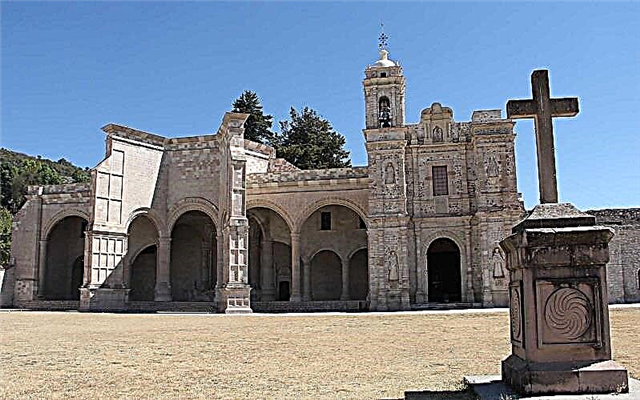
The open chapel is distinguished by the immense proportions of the building and the atrial space, as it was conceived for open-air ceremonies.
In the temple the Lord of the Stained-glass windows is venerated, an image of Christ that, according to legend, became so heavy when he passed through Teposcolula, heading to another destination, that there was no choice but to permanently host it in the town.
While he stayed overnight, the mountain frost covered Christ with a layer of frost with a glassy appearance, hence his name Lord of the Stained Glass.
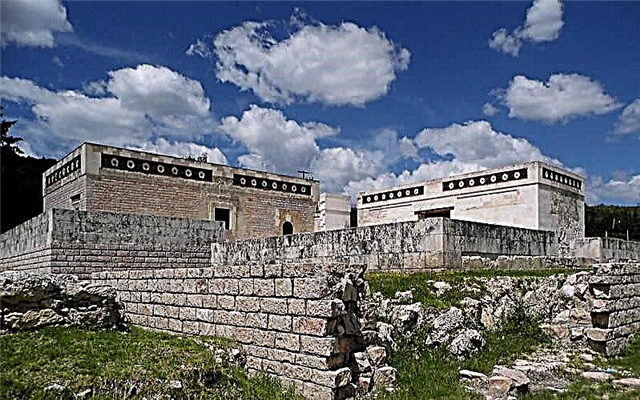
The Casa de la Cacica is an interesting building that brings together European and American Indian architectural details. It is predominantly built in marble and the frieze features a beautiful combination of ornaments in shades of pink, red, white and black.
An Oaxacan tradition of great showiness in San Pedro and San Pablo Teposcolula is the Dance of the Mascaritas, a beautiful choreography that emerged in the midst of the celebrations of the first anniversary of the victory over the French in the Battle of Nochixtlán.
- Definitive guide to San Pedro and San Pablo Teposcolula
As good Oaxaqueños, the inhabitants of San Pedro and San Pablo Teposcolula are excellent eaters of mole negro con guajolote. If you fancy something really powerful to drink, ask for a pulque cured with brandy.
5. San Pablo Villa Mitla
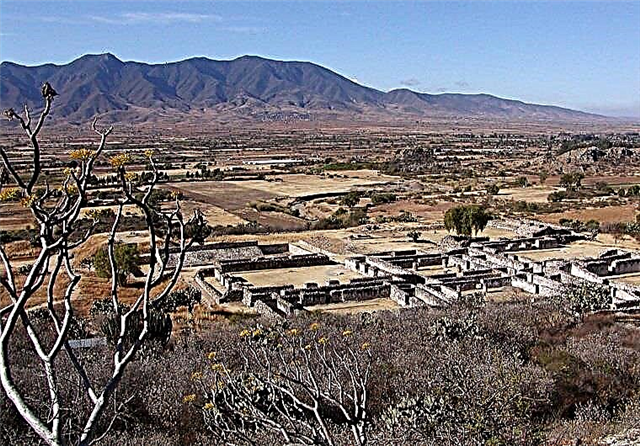
This small city in the central Oaxacan valleys has as its main tourist references the Hierve el Agua waterfalls, the archaeological site of Mitla and its viceregal buildings.
The Hierve el Agua waterfalls are located in the community of San Isidro Roaguía, 17 km from Mitla, and in reality this natural wonder is not made of water but of rock, after the petrification of the minerals suspended in the stream.
At the Hierve el Agua site you can bathe in a natural pool of real water and admire an irrigation and dirt system built by the Zapotecs two and a half millennia ago.
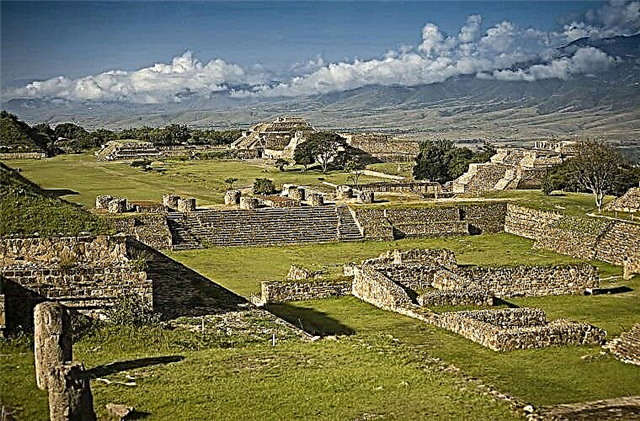
The Zapotec - Mixtec archaeological site is the most important in the state after Monte Albán. It is made up of 5 large architectural ensembles, the Columns Group standing out, whose structures were used by indigenous master builders as both supporting and decorative elements.
In the Group of Columns there is a palace with delicate artistic details on the facades and walls. This set also has three quadrangles, sadly damaged by the Spanish, who used them as a source of supply for building blocks.
The Church of San Pablo, a 16th century construction, was the first building to be nourished by the material stripped from the pre-Hispanic quadrangles. In a mixture of looting and arrogance, the Christian temple was erected on top of a Zapotec complex and one of the pre-Columbian platforms serves as the atrium.
The beauty of the temple of San Pablo is enhanced by its four domes, of which three are octagonal and one is circular.
In your list of places to visit in Mitla you should include the Municipal Palace, an interesting building with a tower and belfry. On the ground floor it has a long arcade and on the second level the balcony stands out.
In the center of the palace and competing in height with the belfry is the tower of 5 bodies with a domed finish. A bell is installed in the span of the belfry.
To eat in Mitla, we recommend the liver with eggs and of course, the delicious moles that have made Oaxaca famous.
- Read also:San Pablo Villa Mitla, Oaxaca - Magic Town: Definitive Guide
We wish you a very happy trip through the Magical Towns of Oaxaca. See you very soon for another spectacular tour.
Find more information about what to do in Oaxaca in our articles !:
- 20 Things To Do And See In Oaxaca
- Puerto Escondido, Oaxaca: Definitive Guide

